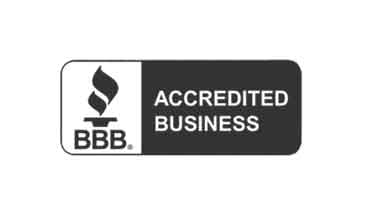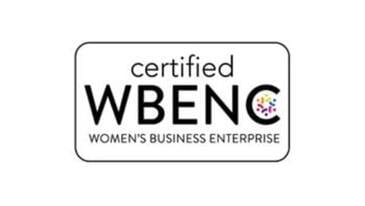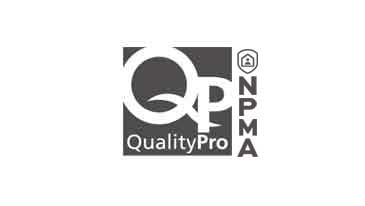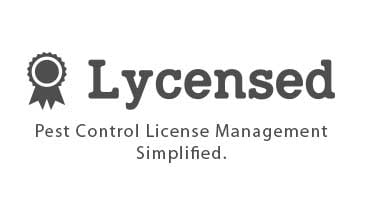Paper Wasp Control
Do you have a paper wasp problem near your house? Schedule a service with Plunkett’s today to rid your space of stinging insects!
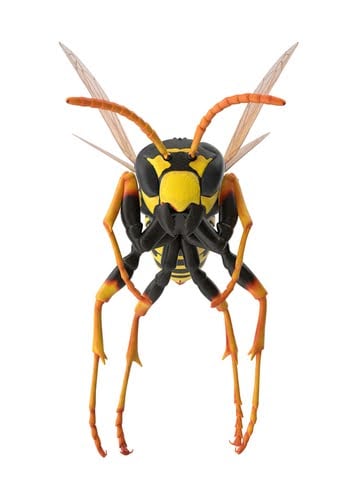
Close Up Image of Paper Wasp
How to Get Rid of Paper Wasps: Professional Pest Control
Paper wasps are beneficial insects, helping control many other types of pests, like spiders and mosquitoes. However, if their nest is located near human activity, paper wasp control is warranted.
It is essential that the adults be killed using a liquid residual or pyrethroid aerosol insecticide or they will quickly rebuild. Nests may not be removed from structural surfaces on the day of treatment by the technician in order to allow maximum exposure to insecticide.
Do not attempt to remove a paper wasp nest or infestation on your own, instead, contact Plunkett’s for reliable pest control.
Paper Wasp Appearance
Adult paper wasps measure ¾ to 1 inch long. Depending on the exact species, the body may be colored in combinations of black, yellow, brown, or orange. The wings are dusky-colored and they have a long-legged appearance.
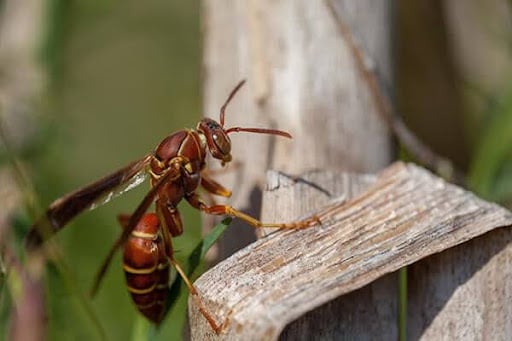
Picture of Paper Wasp
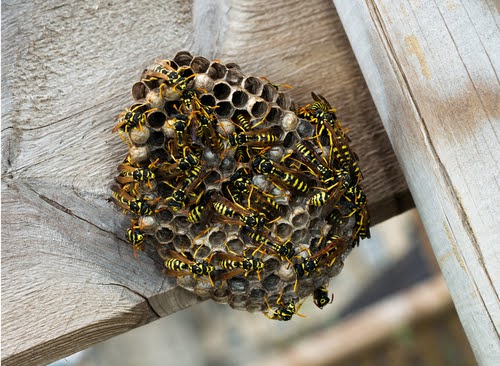
Paper Wasp Nest
Paper Wasp Behavior
Paper wasps are semi-social insects that live in small colonies without a true worker caste. In spring, overwintered, fertilized queens begin nest building, often joined by other inseminated females that help construct and maintain the nest.
Their nests are single-layered combs made of a paper-like material, with open cells facing downward. These combs are suspended from twigs, branches, porch ceilings, eaves, railings, and other sheltered surfaces. By fall, nests typically grow to 150–250 cells.
Because they nest in ornamental shrubs, hedges, and fruit trees, trimming or harvesting can trigger stings. Contact with a nest—especially during outdoor maintenance—poses a high risk of being stung.
Paper Wasp Control & Prevention: Contact Plunkett’s Today
Paper wasp nests can pose serious risks—especially when trimming shrubs, picking fruit, or working around your home or business. Before disturbing vegetation or structural areas, it’s important to inspect for nests and call a professional for removal. Paper wasp nests can pose serious risks—especially when trimming shrubs, picking fruit, or working around your home or business. Before disturbing vegetation or structural areas, it’s important to inspect for nests and call a professional for removal.
Plunkett’s offers expert paper wasp control to help you:
- Identify and treat active nests to eliminate the risk of stings
- Safely remove inactive nests to prevent future activity
- Inspect for hidden entry points—such as skylights, chimneys, drop ceilings, and vents
- Seal access areas to keep wasps out of indoor spaces
- Respond quickly to overwintering wasps that emerge on sunny winter and early spring days
Schedule a service today to get started!
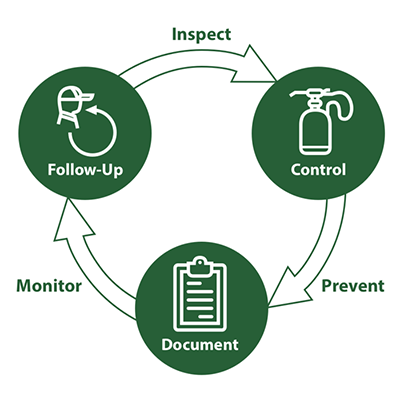
Does Plunkett’s Offer Paper Wasp Removal in My Area?
Service Areas
Our technicians are ready to help rid your space of unwanted pests. If you fall within our service area below, give us a call 866-906-1780 or schedule a service.
Frequently Asked Questions
What do paper wasps look like?
Paper wasps are slender, reddish-brown to black with yellow markings. They have long legs and a narrow waist, often mistaken for yellowjackets but are less aggressive. Learn more about the differences between wasps, yellowjackets, and hornets.
Are paper wasps dangerous?
Yes, paper wasps can sting if they feel threatened. While they are not aggressive unless provoked, their stings can be painful and cause allergic reactions in sensitive individuals. That’s why it’s crucial to hire a professional pest control company for your wasp removal needs.
What attracts paper wasps and how can I prevent them from building nests?
Paper wasps are drawn to food sources (especially sweet or protein-rich foods), sheltered nesting areas, and even untreated wood, which they use to build their nests. To prevent them from building nests near your space, seal cracks and crevices around your home, remove food attractants, and use wasp deterrents near entry points. Our HomeGuard Pest Prevention services help you stay protected from paper wasps and other pests year-round.
Do paper wasps pollinate?
Yes. While they’re known for stinging, paper wasps also help pollinate plants by feeding on nectar and transferring pollen in the process. They’re a natural part of the ecosystem, but their nests don’t belong near your home.
What do paper wasp nests look like?
Paper wasp nests are gray or brown and resemble an upside-down umbrella with exposed hexagonal cells. Made from a papery material the wasps create by chewing wood fibers, these nests have a single open layer of cells that face downward. They’re commonly found hanging from tree branches, shrubs, porch ceilings, eaves, deck railings, or other protected horizontal surfaces. Unlike hornet nests, paper wasp nests are not enclosed, so you can often see the wasps and their developing larvae inside the cells. By late summer, nests typically reach the size of a softball.


